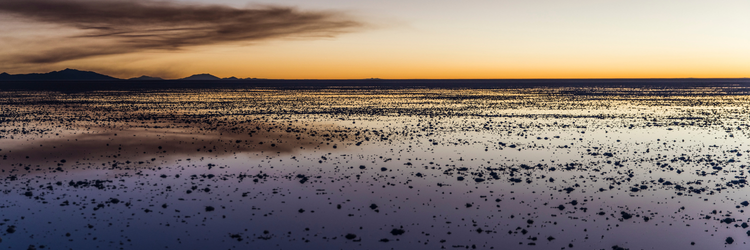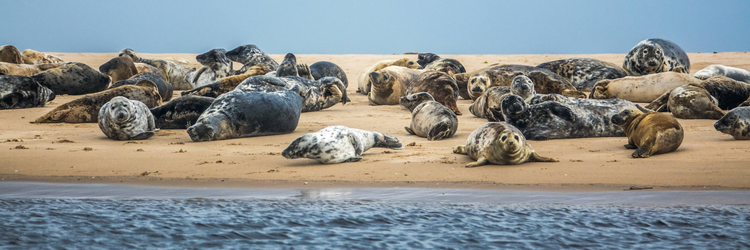Dutch Wadden islands off the Radar
Islands that Call for Silence, Not Flip-Flops
Not every gem in the Wadden Sea shines on your Instagram feed. Some places are so quiet, so purely natural that even Google might wonder whether you really want to go there. No beach bars, no ATMs, not an influencer in sight. But you will find: seals with newborn tears, pioneering plants with dune dreams, and birds so rare they can hardly believe it themselves.
Earlier, in the article The Uninhabited Wadden Islands, you could read about these remarkable places as a whole. In this follow-up, we zoom in on the individual stars of the Wadden Sea: sandbanks and islets where nature is in charge — and you can witness it all from a safe distance.
Richel – The Grey Seal Maternity Resort
Richel may sound like a French perfume, but it’s actually a rugged sandbank southwest of Vlieland, smelling more of mud and wet (sea)dog than anything floral. Uninhabited, untouched, and around 30 hectares in size at high tide. No terraces, no Wi-Fi — but hundreds of seals and budding dunes trying to turn Richel into a real island.
For grey seals, Richel is the place to give birth. On certain days, up to 900 adults can be seen on the northern side of the bank. In winter, an estimated 80 to 90 percent of the total Wadden population is born here. No incubators — just a salty sea breeze.
Until 2009, Richel disappeared completely during high tide, but since then, small dunes have begun to form. Marram grass and sea rocket bravely hold their ground. Still, it’s a struggle: what grows today may be washed away tomorrow.
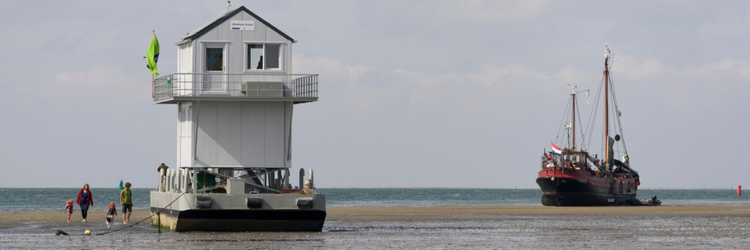
Photo: NIOZ
From April to September, mudflat wardens camp on Richel in a floating house. They provide information, monitor the area, and log everything that flies, swims, or unexpectedly comes ashore. Biologist Laura Zwanenveld stayed there twice, in 2011 and 2012, spending a full week alone with just a tent and camera. Her time-lapse videos literally bring Richel to life, with shifting sand, shuffling seals, and endless sky.
Griend – Bird Island with Medieval Roots
Griend lies southwest of Terschelling and might at first glance appear as just a green tuft. Still, every year, over 30,000 breeding pairs make this island their home. Avocets, common terns, and the rare sandwich tern flock to its salt marshes.

Photo: Natuurmonumenten
In the Middle Ages, Griend was much larger. It hosted a monastery school and even a settlement. But after the St. Lucia’s Flood of 1287, much of the island was swallowed by the sea. Since then, Griend has drifted and gradually shrunk.
During dike works in the 1980s, wood mice accidentally hitchhiked to the island. They’ve since made themselves quite at home, much to the frustration of bird wardens, as they find their way to stored food with ease. Fortunately, nature lends a hand: hen harriers and short-eared owls help keep the mouse population in check.
Engelsmanplaat – Between Land and Sea
Between Ameland and Schiermonnikoog lies Engelsmanplaat, once a full-fledged island, now a submerged sandbank. At low tide, it’s a vast resting ground for waders and mudflat hikers. At high tide, much of it disappears beneath the waves.
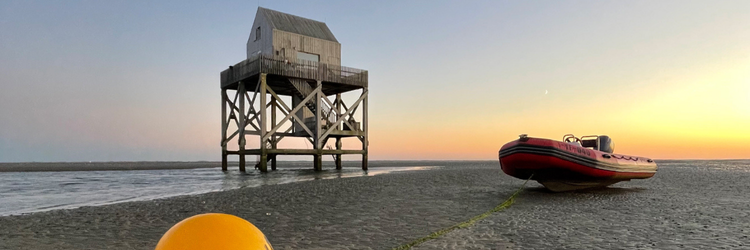
The sandbank is losing more of its dunes with each storm and is becoming increasingly vulnerable. Still, it’s a key stopover site for migrating birds. And for those lucky enough to stand here during low tide: an unforgettable experience.
Rottumerplaat – Wolkers’ True Wilderness
Rottumerplaat is one of the quietest places in the Netherlands. So quiet, in fact, that it was chosen in 1971 for a unique experiment: two writers were invited to stay there alone for ten days. First Godfried Bomans, then Jan Wolkers. Bomans hated it. The loneliness, the sound of wind and sea — it overwhelmed him. “I long intensely for a wall,” he wrote.
Wolkers, on the other hand, found exactly what he was looking for. Among the sand, salt, and silence, he found inspiration, peace, and a deep connection to nature. He described how the sea spoke to him, the sand sang, and the island restored an ancient vitality lost in the city.
His letters from Rottumerplaat, later published as Greetings from Rottumerplaat, are not only literary gems, but ecologically timeless. That sense of magic still lingers today when you sail nearby: a place where nature doesn’t wait for applause — it simply is.
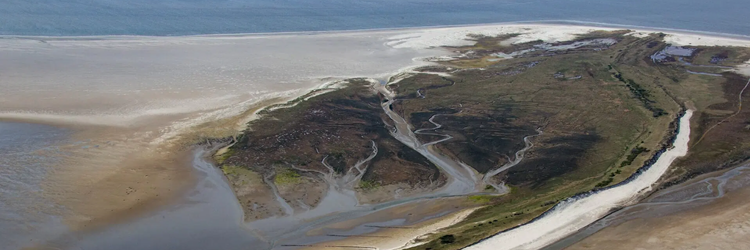
These days, the island is off-limits, except for a few scientists and wardens. Birds breed undisturbed. Seals bask on the mudflats. And deep beneath the sand lies a freshwater bubble that allows plants to thrive — even on this salty island.
Rottumeroog – An Island Adrift
Rottumeroog is slowly drifting towards Germany. This natural migration causes its shape and function to constantly change. It’s an important resting place for endangered species such as the little tern and ringed plover. The channel between Rottumeroog and Rottumerplaat — the Schild — is also a favorite lounging spot for sunbathing seals.
Humans are not welcome here. The peace is too vital to disturb.
Zuiderduintjes – Young and Full of Potential
The Zuiderduintjes originated from broken-off pieces of Rottumeroog and are now slowly drifting back toward their source. The salt marshes are rich in salt-loving plants like sea lavender and wormwood. During high tide, thousands of birds come here to rest. Scientists closely track how this mini-island develops without human interference — with remarkable success.
Sandbanks of the Wadden Sea: Empty, Yet Full of Life
Simonszand – A Split Sandbank with a Story
Between Schiermonnikoog and Rottumerplaat lies Simonszand: a sandbank that once split in two during a storm. Against all odds, it remained a popular resting spot, especially for migrating birds and sunbathing seals. Researchers also find solace here — quite literally. One student even lived here for six weeks in a wooden hut, with nothing but sand, tides, and curious seals for company.
Razende Bol – The Floating Sandbank that Keeps Surprising
The Razende Bol, or Noorderhaaks, lies near Texel and constantly shifts shape. Wind, waves, and currents endlessly reshape this sandbank. Grey seals use it as a nursery, while some tourists mistake it for a good BBQ spot. But awareness of its fragility is growing. Thanks in part to the documentary WAD, more people now understand that even a seemingly empty sandbar deserves protection.
Why You’re Not Allowed Here
These islands and sandbanks are off-limits for a reason. Not to keep people out, but because peace and space are vital for everything that lives and breeds here. Disturbance — even minor — can have major consequences. Fortunately, there are ways to experience these places without setting foot on them.
Go on an Expedition, Leave No Trace
Want to experience these places without disturbing nature? Then a sailing trip aboard a small, sustainable flat-bottomed ship is the ideal way. Departing from Harlingen or Lauwersoog, you can sail past the Wadden Sea’s most remote sandbanks. No crowds, no loudspeakers — just silence, knowledge, and wonder.
You’ll see seals resting, birds foraging, and young dunes forming where there was once only sea. Onboard guides are experts in the Wadden landscape, tides, and the wildlife that calls this place home. Sometimes, you may even go ashore on a drying sandbank — and perhaps meet a warden brimming with knowledge and eager to share.
Book your trip at www.lotussailing.com and discover just how spectacular silence can be.



